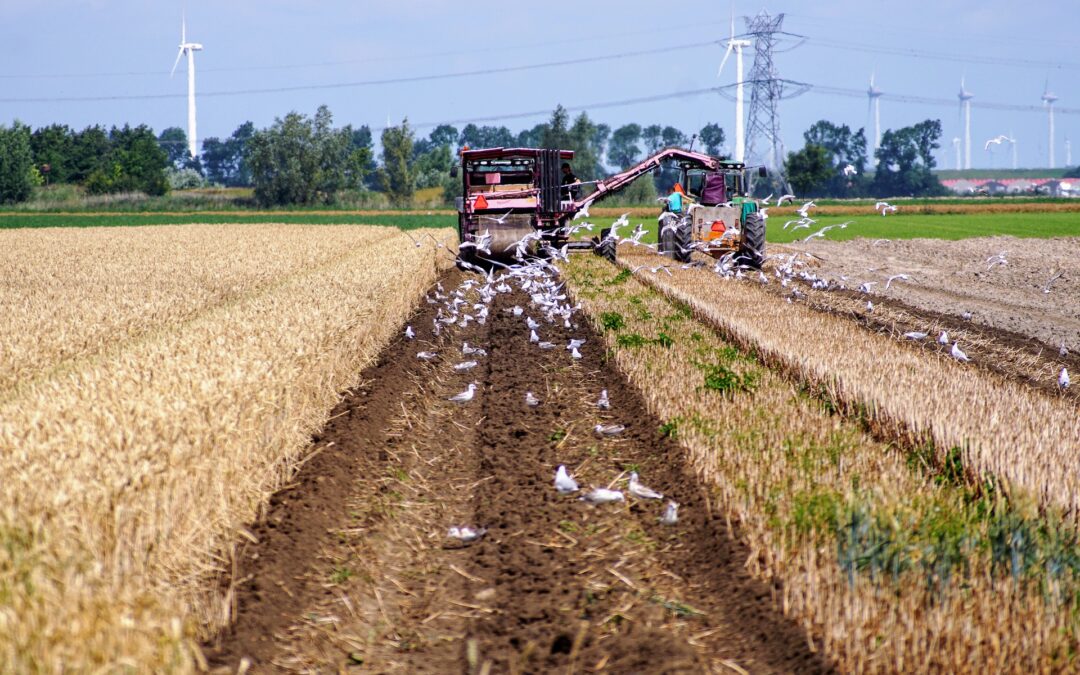The number of farms in Poland has dropped by almost 13% in the last decade. But their average size has increased – also by around 13% – over that period.
The findings are part of preliminary data released from Poland’s national agricultural census, conducted in autumn last year, which asked farmers about the size of their farms, their number of animals, as well as the equipment they use. It was the second to be carried out since Poland joined the European Union in 2004
According to Statistics Poland (GUS), the government’s statistical agency, 98% of all farms in the country were recorded in the census.
It found that Poland now has just over 1.3 million farms, almost 200,000 fewer than in 2010, a fall of almost 13%. But the average area of those farms, which was 9.8 hectares in 2010, has now increased to 11.1 hectares. There are now 16% fewer farms with an area below 15 hectares, but 6% more with an area above that threshold.
The total area of Poland’s farms in 2020 was 14.6 million hectares, which was 1.5% less than during the last census. Of that, 73.2% of land was sown – which was 3.4 percentage points more than in 2010 – while 21.8% was permanent grassland (a 0.1 p.p. increase) and 2.1% orchards (a 0.3 p.p. decrease).
Poland has slightly more tractors than it did a decade ago, with a total of 1.4 million. That now works out as 1.1 per farm, up from 0.9 in 2010. There are also 167,000 grain harvesters, compared to 152,000 in 2010.
Dominik Rozkrut, the head of GUS, said that agricultural production is increasingly being “concentrated”. Farms have become more specialised, employing economies of scale for the production of specific goods.
The census also found that there were 6.3 million cattle and 11.2 million pigs, a 10% and 26% fall respectively compared to 2010. The number of small farms rearing pigs has fallen sharply since repeated onsets of swine diseases since 2014, mainly African Swine Fever (ASF), which have raised standards required for their keeping.
“At current costs, [breeding animals] is becoming less and less profitable… Only a few smaller breeders now remain [in the Podlasie province]. For instance, the profitability of beef farming is right now falling below zero,” said farmer Adam Kraśko, quoted by Money.pl.
“I believe that in 10 years some 90% of animal farms will be in corporate hands, and around 50% of crops,” another farmer from central Poland, Jakub Napierała.
Main image credit: dedrie/Pixabay (Pixabay License)

Maria Wilczek is deputy editor of Notes from Poland. She is a regular writer for The Times, The Economist and Al Jazeera English, and has also featured in Foreign Policy, Politico Europe, The Spectator and Gazeta Wyborcza.




















